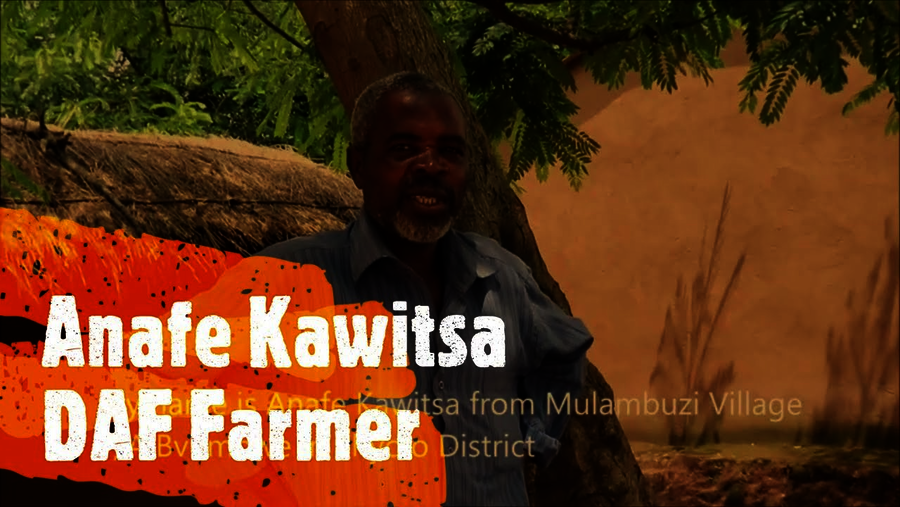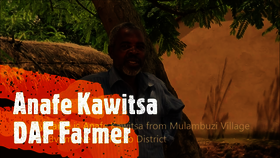Nafagaz stove for the production of biochar
In Malawi, people often still use charcoal or firewood for heating or cooking, as many communities have limited access to electricity. However, heating with wood or charcoal is not only expensive. It also requires the cutting down of trees that still exist for use as firewood, and thus also produces large amounts of carbon monoxide. The situation is different when using the Nafagaz stove: instead of charcoal or firewood, biomass from the Dynamic Agroforestry plots is used to generate energy, so that still existing forest resources can be conserved. Carbon monoxide is also hardly released when the Nafagaz is used, as this is bound during the pyrolysis of the wood and the associated conversion into plant charcoal. The resulting plant charcoal can then be used to enrich the soil, making it more fertile.
In this way, the Nafagaz digesters can achieve two things at the same time: fertile soils and reduced CO2 levels in the atmosphere.
Voice from our project in Malawi
Farmer Anafe Kawitsa told us that this also works in practice. In the village where he lives, for example, fewer trees are cut down thanks to the stove. What other advantages he sees in the use of the Nafagaz stove, you can learn in the video!


